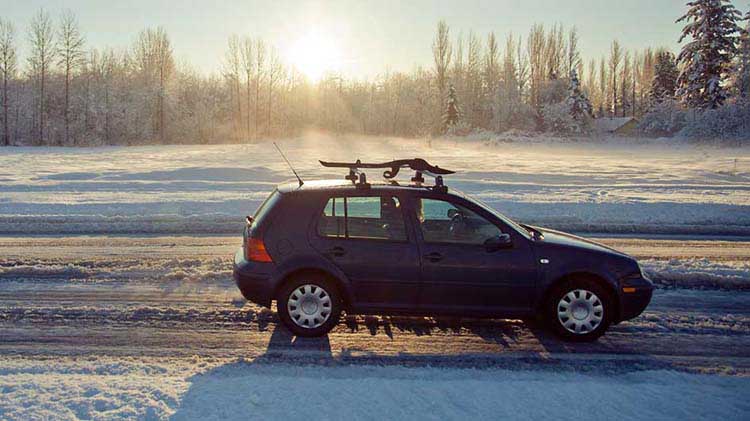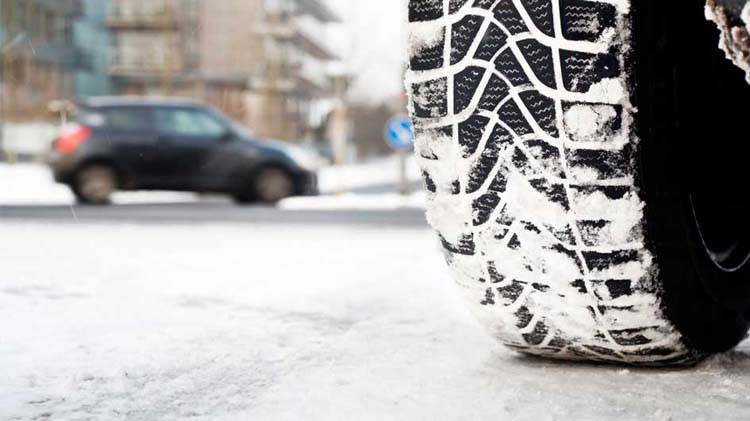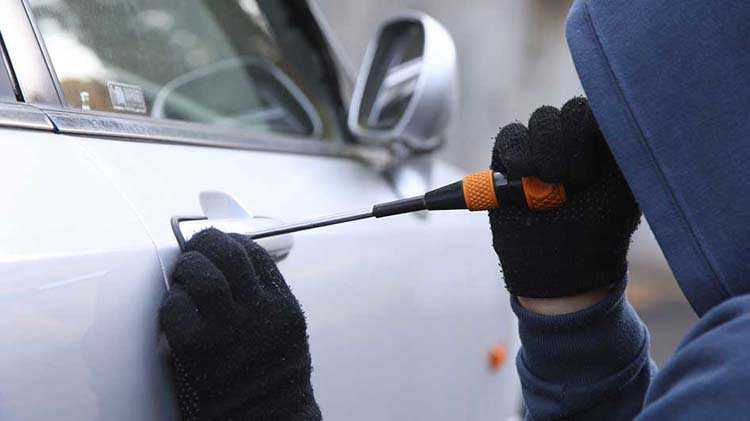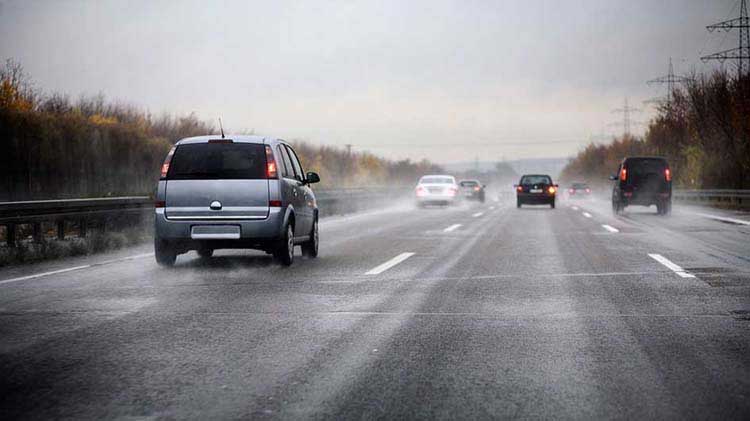Put the brakes on aggressive driving
Keep an eye out for busy roads, stress, traffic jams and other dangerous driving conditions.
Workers rushing home, shoppers out on busy days and traffic jams can all cause stress for drivers. Stay alert for the signs of aggressive driving in other drivers or perhaps even bubbling up in yourself.
No matter the time of day if you mix stress with other factors, the opportunity for aggressive driving heightens.
Factors to be alert to
- More people. When there are more people on the streets and freeways the danger of congestion and short tempers rise.
- Seasonal stress. Don't have enough time to get everything done? You're not the only one. Tensions and frustration can creep up on even the best drivers and can cause them to lose their cool.
- Poor weather. Driving in bad conditions can slow down traffic. Drivers who are already irritable may become impatient and take unnecessary chances on slippery roads.
- Too much celebrating. When folks start the party early then hit the roads, it's a recipe for disaster. Even a little alcohol can make some drivers more aggressive; larger quantities simply make drivers dangerous.
Avoid aggressive driving behavior
- Don't hit the gas pedal. Plan extra time to get to your destination to account for weather conditions, heavy traffic or parking lot congestion.
- Plan ahead. Anticipate when traffic will be heavier and give yourself more time to maneuver in crowds. Back off the speed and don't tailgate as it's one of the top triggers of aggressive driving incidents. Another trigger? Making frequent or last-minute lane changes. Where possible, stay in the lane that will be closest to your planned exit to avoid sudden moves.
- Start off calm. Don't go out if you're already stressed. Other drivers' actions may immediately set you on edge, prompting you to respond negatively.
- Stay alert. Focus on the job of driving rather than on all the details you have to take care of. Watch the traffic patterns and keep an eye on drivers who are speeding or driving erratically.
- Take a deep breath. Find a way to stay calm in tense situations. Keep breathing, play music or listen to a book on tape. When witnessing aggressive driving, don't make eye contact or respond in kind to an aggressive driver. Both actions may fuel the driver's anger. Recognize that aggressive driving is not personal and it's not a race. Move out of the way of those who are driving erratically.




